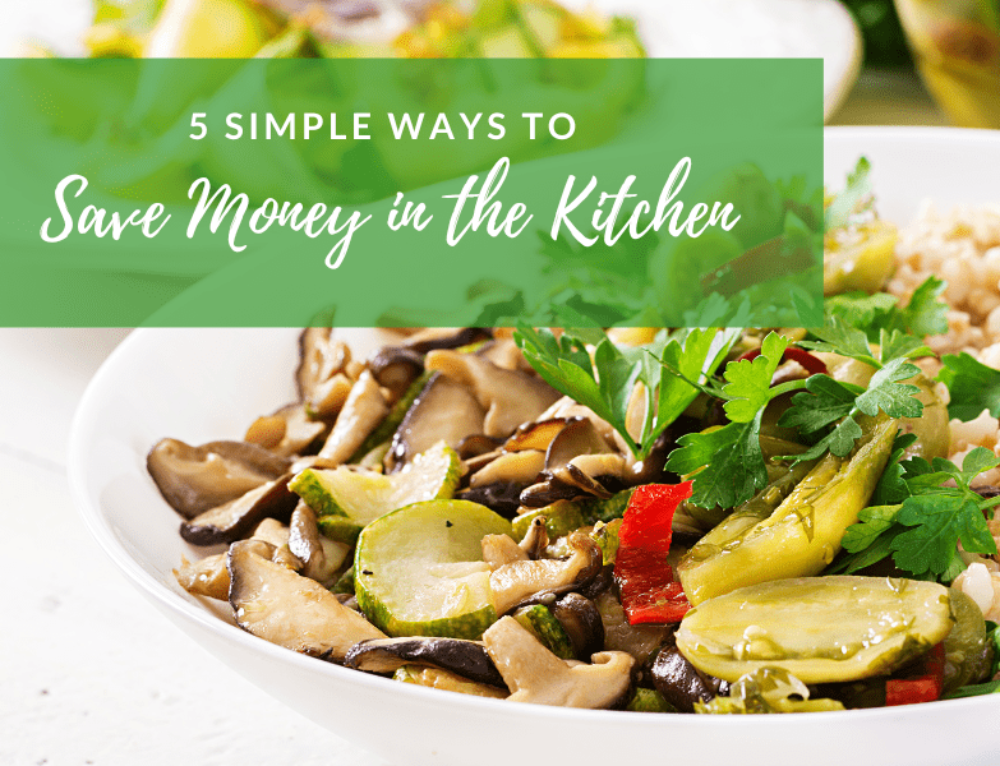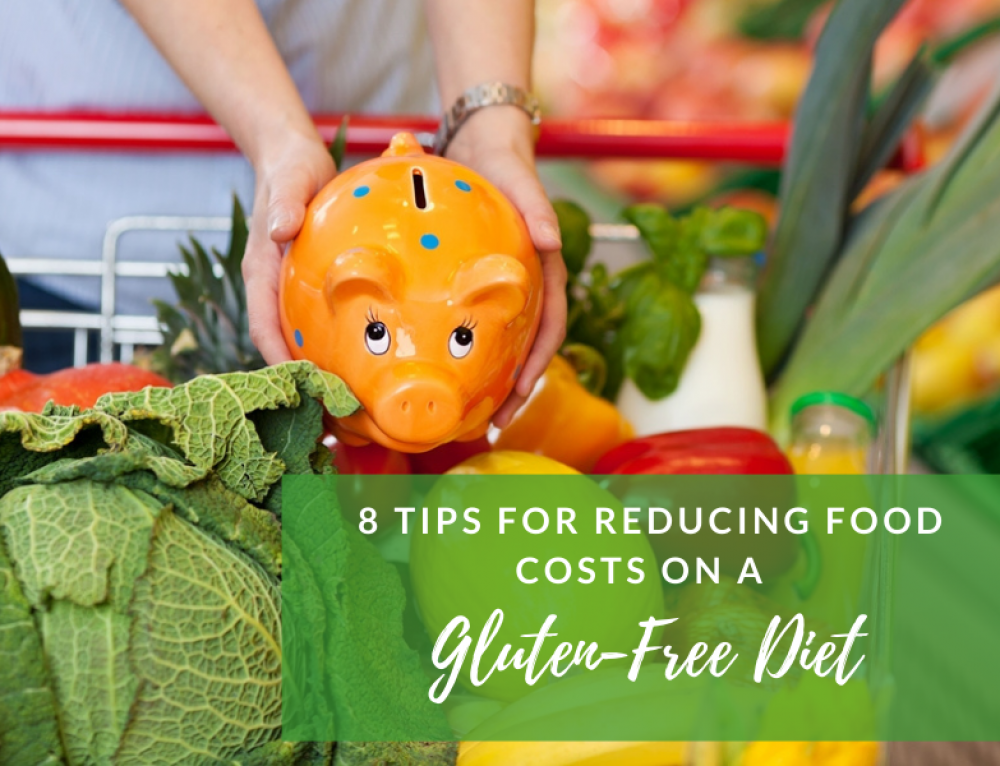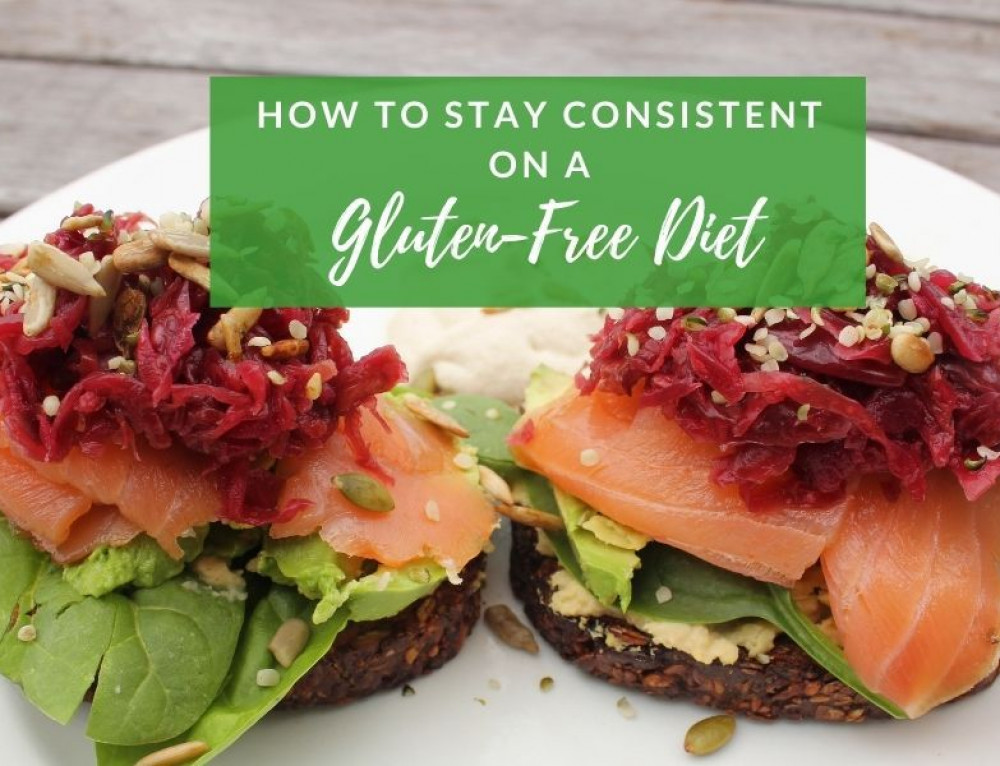Are there certain foods that you eat that give you energy straight away but then an hour or two later you’re starving? Do you wish you knew what foods would keep you sustained so you didn’t crave those sugary treats?
One of those foods for me is white sushi. Sushi is quite filling right? So I just couldn’t work out why I was starving an hour after consuming it until I learnt about the Glycemic Index (GI) of food.
The Glycemic Index is a measure of how quickly a carbohydrate food is broken down and enters the bloodstream. The faster it’s broken down, the higher the carbohydrates food’s GI ranking.
Let me explain…
Foods with a high GI value are the kind that taste sweet, they give you a quick burst of energy as the glucose (sugar) enters your bloodstream fast, however, it doesn’t last. This is what was happening with the white sushi, the white rice combined with the sweet sugar syrup wasn’t keeping me satisfied.
Most carbohydrate foods have a GI ranking
Carbohydrate foods are given a Glycemic Index ranking ranging from zero to 100.
- Low GI = 55 and under
- Medium GI = 56-69
- High GI = 70 and above
In order to stabilise our blood sugar levels, we want to be focusing on foods that are low GI.
Glycemic stress
To explain how glycemic stress works in the body, I’ll refer to this diagram. Our body loves to have our blood sugar levels in an ideal range, which is this blue zone as at these levels,
- We can think clearly,
- We sleep better,
- Our joints don’t hurt,
- We have more energy,
- We don’t get the ups and downs of our moods and …
- We make more controlled food choices.
Pretty important day-to-day functioning, right?
When you consume high glycemic food, for example for breakfast you might have a piece of white toast (all the fibre and goodness have been striped out) and a glass of orange juice (a glass of concentrated sugar), your blood sugar levels will shoot up into the red zone, and when our blood sugar levels rise above our ideal range, the hormone insulin is released. Insulin is a fat storage hormone and its role is to bring our blood sugar levels down but when they go down lower than the ideal level of the body, the body thinks it’s under stress and the hormone cortisol is released. Cortisol is a stress hormone and it does everything to try and keep the body regulated so it increases the blood sugar back up again, but cortisol is also a fat storage hormone. And the roller coaster keeps going in a vicious cycle, throughout the day, week, month and eventually this may lead to type 2 diabetes, and other major health issues.
So the solution is to be in the blue zone. When you’re in the blue zone of normal blood sugars, you don’t spike up your blood sugars into the red zone, you don’t spike up your cortisol in the bottom red zone, therefore reducing the glycemic stress on the body.
In summary
Don’t get too worried about eating by the numbers, just be aware of what foods are high and what are low. As a general rule of thumb:
- Eat as least processed as possible
- Eat loads of dark green (fibre rich vegetables), fruit, grainy foods, brown rice (brown rice sushi), quinoa, grainy bread and crackers
- Try to include protein and healthy fats at EVERY meal and snack
- Drink water instead of sugary drinks
- Ensure a 1/4 of your plate is carbohydrates, 1/4 is protein and 1/2 fresh vegetables and salad







Leave A Comment